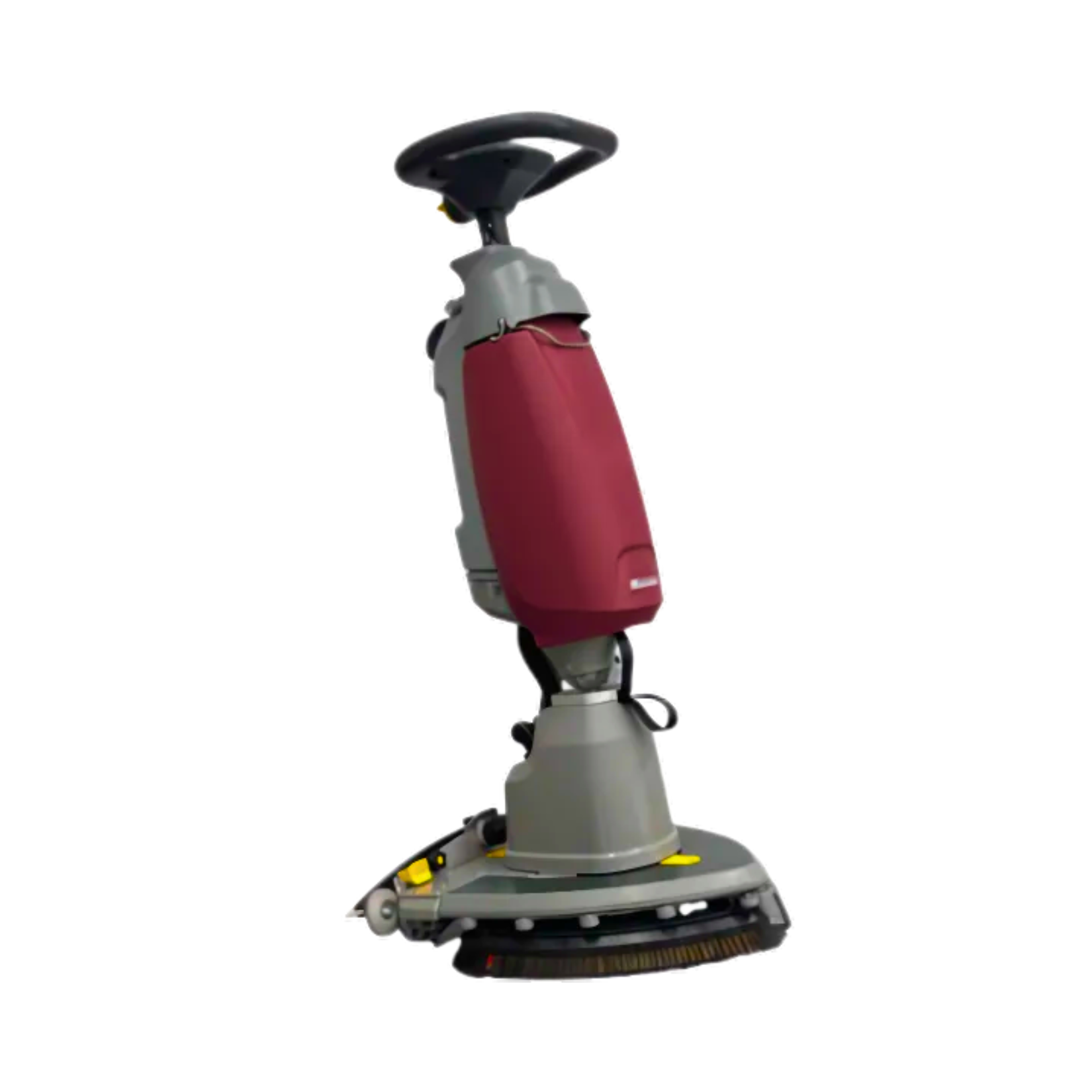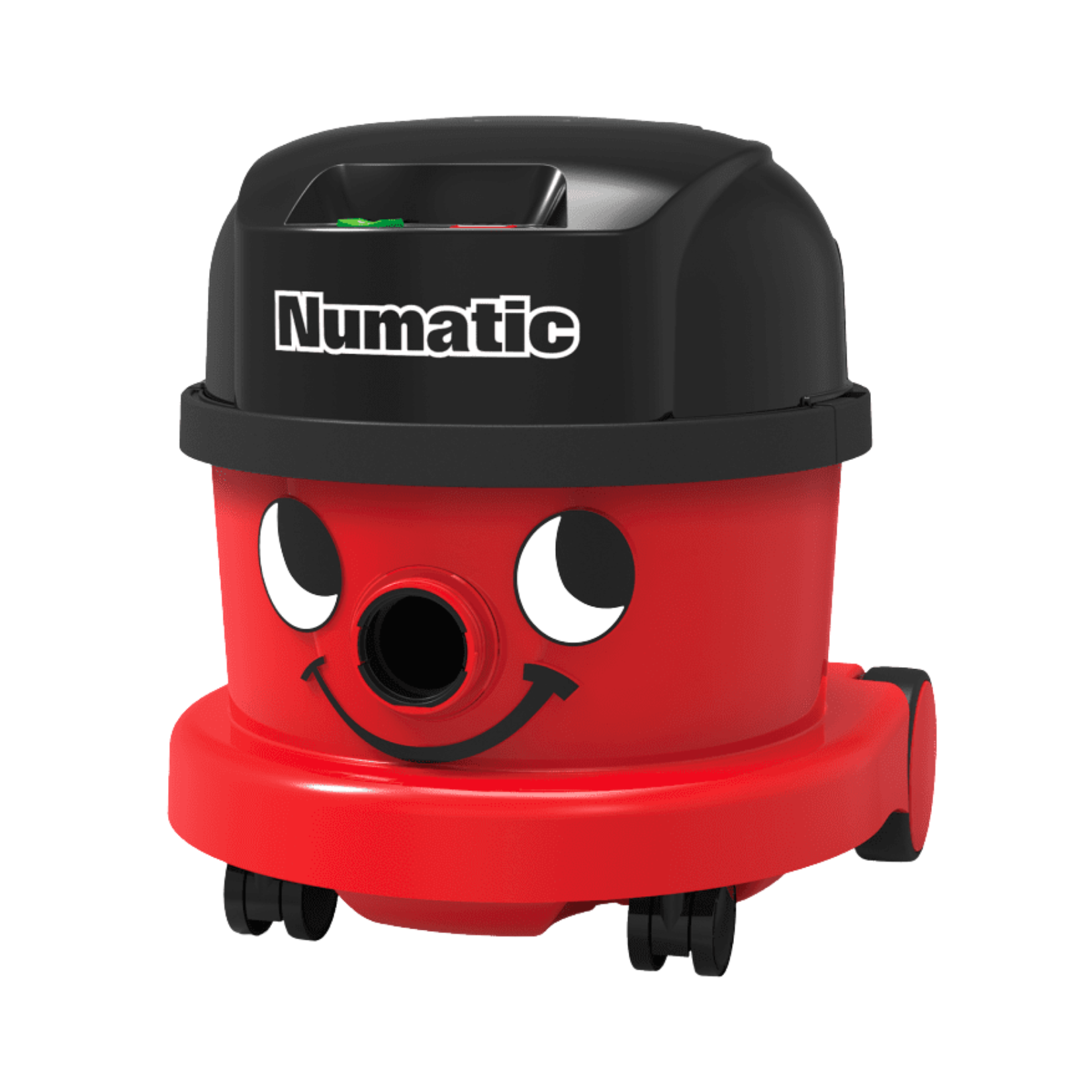
Scrubmaster B5
Floor Scrubber
Compact 17″ orbital scrubber with ultra-flat, triangular cleaning head that reaches within 4.72″ of walls and under furniture. Battery-powered 24 V (1
Click for more details
|
|

Floor Scrubber
Compact 17″ orbital scrubber with ultra-flat, triangular cleaning head that reaches within 4.72″ of walls and under furniture. Battery-powered 24 V (1
Click for more details

Cordless Vacuum
Cordless 36 V canister vacuum with a lightweight ~18 lb design and robust 350 W brushless motor. Offers up to *90 min runtime (55 min high mode), 2.5
Click for more details
No products found
Monthly janitorial supply costs depend mostly on facility size, traffic, and how many restrooms are in play. For our region, here’s a realistic breakdown for consumables—things like paper products, liners, soap, chemicals, and floor finish:
These ranges reflect actual usage we see in the field, not theoretical minimums. Restroom traffic and headcount are usually the biggest cost drivers. We offer free facility assessments to dial in a true budget for your building.
For consumables only (not labor), most facilities spend roughly $0.01–$0.03 per square foot per month:
Example: a 10,000 sq ft office typically budgets $100–$300 per month for supplies depending on restroom and shift activity. For reference, full janitorial service contracts that include labor usually run closer to $0.09–$0.25 per sq ft monthly depending on the facility type.
Equipment prices vary by size and feature set, but here are solid 2024–2025 market ranges:
We can demo machines on-site to ensure the right size match. Many customers take advantage of leasing or our supply-based equipment programs to offset machine costs.
Buy when the machine gets regular use—daily or weekly items like vacuums or autoscrubbers pay for themselves fast through labor savings. Renting or short-term programs make more sense for one-off or seasonal jobs like carpet extraction or deep scrubbing. We often recommend a mix: own your core gear and rent specialty units only when needed.
Scrubbers wash floors—solution down, brushes clean, and vacuum recovery removes dirty water. Burnishers (or buffers) run at high speed to polish and restore shine. Most buildings need both: scrub periodically to clean, burnish regularly to maintain gloss.
Match machine width and type to the space:
These recommendations match current production rates—roughly 20,000–30,000 sq ft per hour for a 20" unit.
It depends on foot traffic and how you want the floors to look:
If you maintain a gloss finish, plan to burnish several times a week between scrubs. We can help build a floor-care schedule that fits your environment.
It depends on your mix of flooring and how fast you need to cover ground:
Focus on durability, suction power, HEPA filtration, and comfort. We can show options that match your facility layout and cleaning crew size.
A solid chemical lineup covers these bases:
Closed-loop dilution systems take the guesswork out of mixing and typically cut chemical costs by up to 30% versus ready-to-use products.
Cleaning removes dirt, dust, and some germs using soap or detergent and water. Disinfecting kills remaining germs with EPA-registered products. Surfaces must stay wet for the full contact time (usually 3–10 minutes) to be effective. Focus disinfecting on high-touch points like handles, switches, restrooms, and shared tools.
Yes—modern EPA Safer Choice and Green Seal products perform just as well as traditional cleaners while improving indoor air quality and reducing exposure risk. Many of our customers run nearly all-green programs without sacrificing results.
Dispensing systems mix concentrated chemicals at the proper dilution automatically—either wall-mounted or portable. They eliminate overuse, improve safety, and can lower chemical spend by roughly 30%. Staff never handle concentrate directly, which helps with training and compliance.